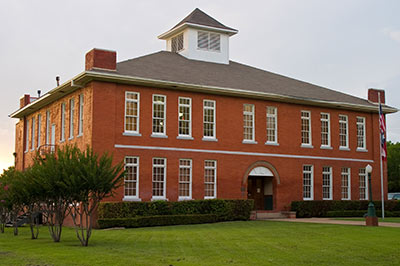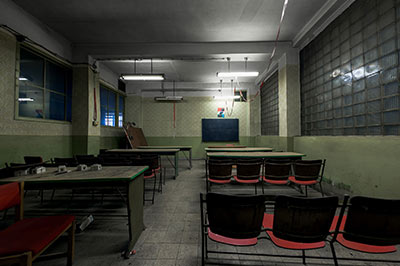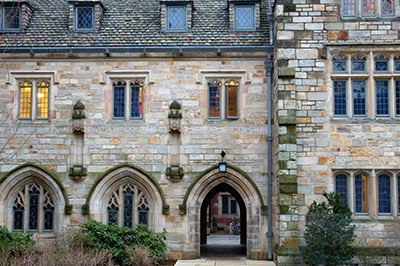Federal Emergency Management Administration (FEMA) and Department of Homeland Security (DHS), 2012. This publication, part of the new Building and Infrastructure Protection Series (BIPS) published by the DHS Science and Technology Directorate (S&T) Infrastructure Protection and Disaster Management Division (IDD), serves to advance high performance and integrated design for buildings and infrastructure. This manual was prepared as a component of the S&T program for infrastructure protection and disaster management; the overall goal of this is to enhance the physical resistance of our Nation’s buildings and infrastructure to manmade and natural hazards to meet specific performance requirements at the highest possible level
Category: Federal Resources
Selected Statistics From the Public Elementary and Secondary Education Universe: School Year 2012–13
U.S. Department of Education (October 2014). This National Center for Education Statistics (NCES) First Look report introduces new data for the universe of public elementary and secondary schools and agencies in the United States.
Condition of America’s Public School Facilities: 2012-13
(Institute of Education Science, 2014).
EPA Information about Asbestos in School Building
Public and non-profit private schools have distinct regulatory requirements to protect school children and school employees from asbestos exposure. This page provides information on these requirements as well as resource materials for schools and parents. (Posted July 31, 2014).
The ABCs of School Safe Rooms
View in FEMA Multimedia Library
Federal Emergency Management Agency (2012).
The video portrays an interview with Julie Hedricks, Director of Design and Construction, Wichita Public School District USD #259. Hedricks explains the process and her role in the construction of the first School Safe Room to FEMA's Standard 361. Since the first School Safe Room was built in 2000, Wichita Public Schools have built over 60 additional Safe Rooms in their School System.
Buildings and Infrastructure Protection Series. Primer to Design Safe School Projects in Case of Terrorist Attacks
Federal Emergency Management Administration (FEMA) and US Deptartment of Homeland Security (2012).
A new publication series, aimed at engineers, architects, building owners, city planners, and emergency managers, makes available years of government, industry, and academic research on designs and materials to make buildings and tunnels terror-resistant and terror-resilient. The Building and Infrastructure Protection Series (BIPS) provides architects and engineers a set of aids for designing critical infrastructure to withstand all kinds of hazards…at a cost that won’t break the budget. “This series lays the foundation for designing a new generation of resilient buildings,” says Mila Kennett, who oversees the series in S&T’s Infrastructure Protection and Disaster Management Division, where she leads the Structural Resilience Branch. An architect by training, Kennett came from the Federal Emergency Management Agency (FEMA), where she edited a similar publication series after 9/11. Several of the BIPS guides expand upon and update her highly regarded FEMA guides The primer provides school designers and administrators a set of guidelines to design a school where children, faculty and staff will be safe during a physical attack or targeted shooting.
Multi-use School and Community Shelters (EKE)
Federal Emergency Management Agency (FEMA), (2012).
Corey Schultz discusses the benefits and design concepts of multi-use school and community shelters.
Indoor Air Quality – Design Tools for Schools
Environmental Protection Agency (2012). (EPA 402-F-03-012)
The United States Environmental Protection Agency (EPA) has developed this resource to help school districts and facility planners design the next generation of learning environments so that the school facility will help -- rather than hinder -- school in achieving their core mission of education children (1-pg resource).
Reducing the Risks of Nonstructural Earthquake Damage – A Practical Guide
Federal Emergency Management Administration (FEMA) (2011).
FEMA 74 explains the sources of earthquake damage that can occur in nonstructural components and provides information on effective methods for reducing risk associated with nonstructural earthquake damage. This fourth edition of the FEMA 74 document updates both the content and the format of the report. A considerable amount of new information now exists as a result of ongoing National Earthquake Hazard Reduction Program (NEHRP) activities, local and state government programs, private sector initiatives, and academic work focused on reducing the potential for nonstructural earthquake damage.
University Housing Fires (2007-2009)
Federal Emergency Management Administration (FEMA) (2011).
This topical report addresses the characteristics of university housing fires reported to the National Fire Incident Reporting System (NFIRS) between 2007 and 009 and is an update to the topical report, University Housing Fires (Volume 10, Issue 1, released June 2010). From 2007 to 2009, an estimated 3,800 university housing fires occurred in the United States each year. These fires account for approximately 1 percent of total residential building fires responded to by fire departments across the United States. University housing fires resulted in a yearly average of 0 deaths, 25 injuries, and $9 million in property loss.











